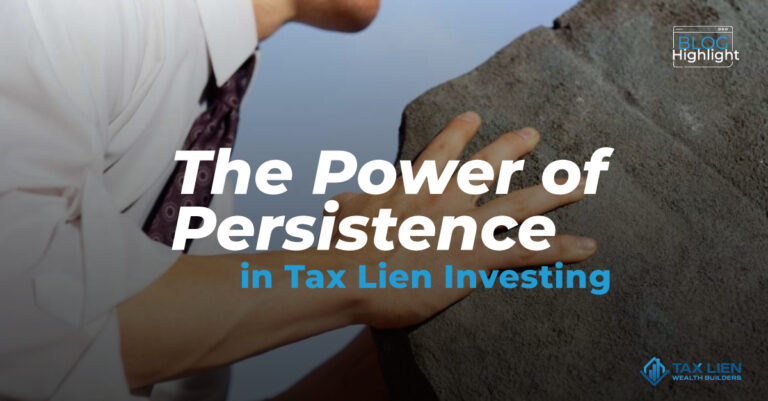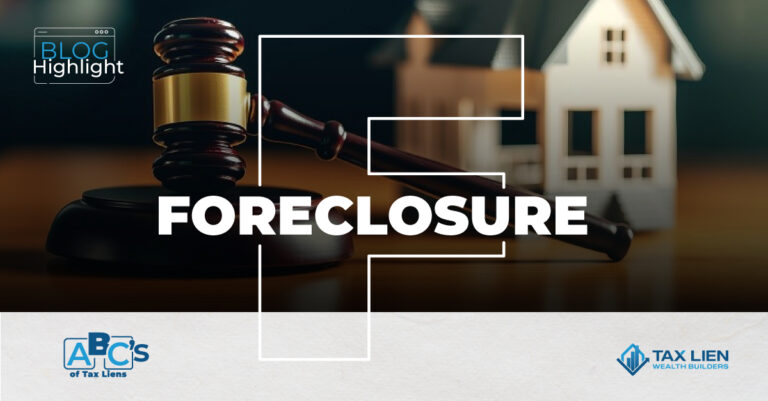Tax Lien Bidding Strategies
When venturing into tax lien auctions, the bidding process can seem complex. As an investor, it’s vital for you to grasp the rules of bidding.
This includes understanding how bids are placed, the minimum bid amounts, and the competitive dynamics at play.
Let’s explore the nuances of bidding in tax lien auctions together:
Bidding Types
Competitive Bidding:
This one is the classic “highest bidder” system. Here, you may actively increase your bid in response to other investors’ offers.
It’s a dynamic environment where the highest bid at the end of the auction secures the tax lien. It’s crucial to stay alert and responsive.
Round-Robin or Rotational Bidding:
Some auctions adopt a round-robin or rotational bidding system. Here, you’ll have the chance to bid on a property in a systematic rotation. This method promotes fairness and gives you equal opportunities to participate.
Proxy Bidding:
Proxy bidding might be your go-to strategy if you can’t be present for the entire auction. By setting a maximum bid in advance, the bidding platform will bid on your behalf in predefined increments up to your maximum. It’s a convenient way to stay in the game even when you’re not there.
Sealed Bidding:
For a less dynamic but equally strategic approach, sealed bidding involves submitting your bid in a sealed envelope to the auctioning authority. With all bids revealed at a specific time, the highest bidder wins the tax lien. It requires a keen sense of judgment.
Minimum Bid Requirements:
Local governments set minimum bid requirements to ensure coverage of unpaid taxes. It’s essential for you to be aware of these minimums to make informed decisions.
What Affects Bidding?
Market Conditions:
The intensity of bidding often reflects the market’s demand for tax liens. A competitive market may necessitate a more aggressive approach, while a quieter one might offer more strategic leeway.
Number of Participants:
The level of competition can significantly influence your bidding strategy. A higher number of participants might drive up bids, making it crucial to understand the competitive landscape.
How To Come Out On Top
Research and Due Diligence:
Your foundation for success lies in thorough research and due diligence. Knowledge about the property and market allows you to bid with confidence.
Set Clear Budget Limits:
Establishing a clear budget is a safeguard against overbidding. It’s essential for managing risk and maintaining discipline during the auction.
Adaptability:
The ability to adapt to changing conditions mid-auction is a valuable skill. Being flexible and informed enables you to refine your strategy on the fly.
Stay Informed About Market Trends:
Keeping abreast of market trends is crucial for anticipating demand and adjusting your strategy. Staying informed can significantly enhance your competitiveness.
Good luck with your next auction, and happy investing!







